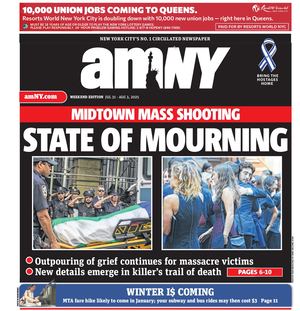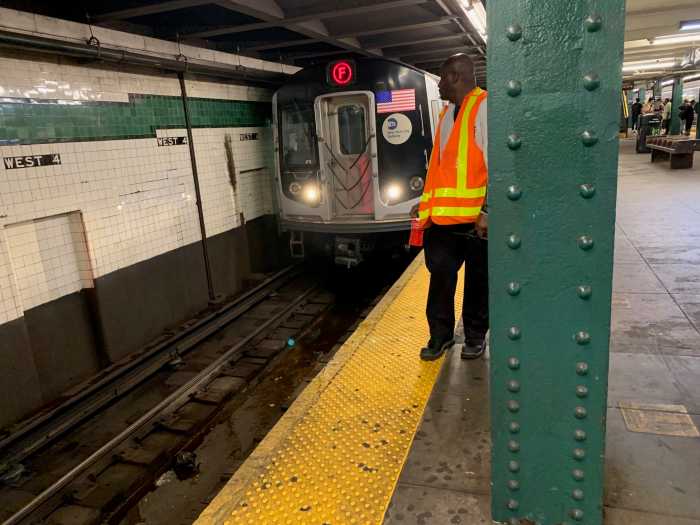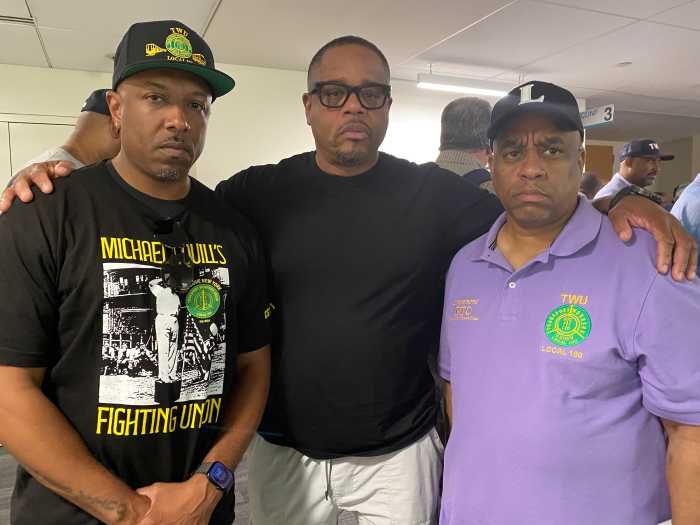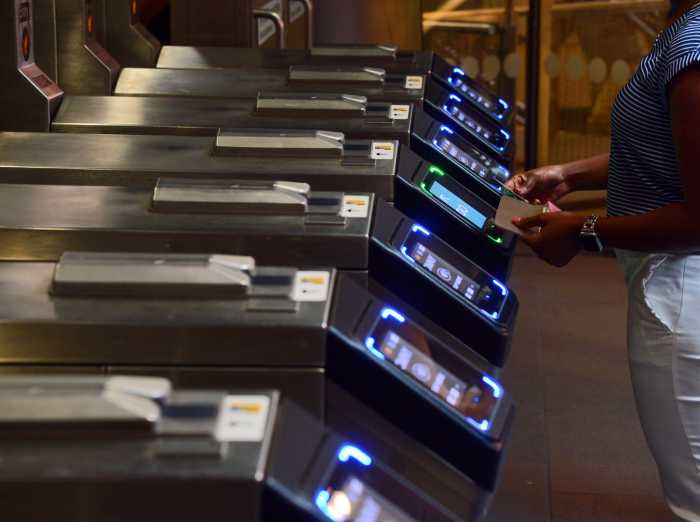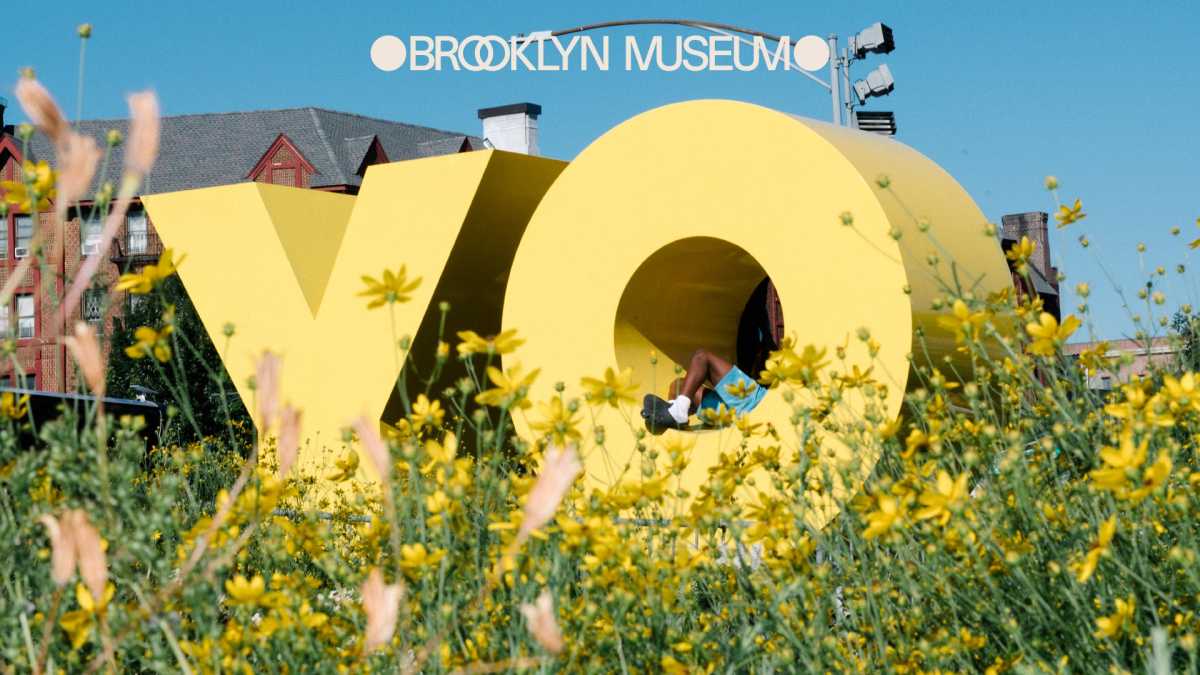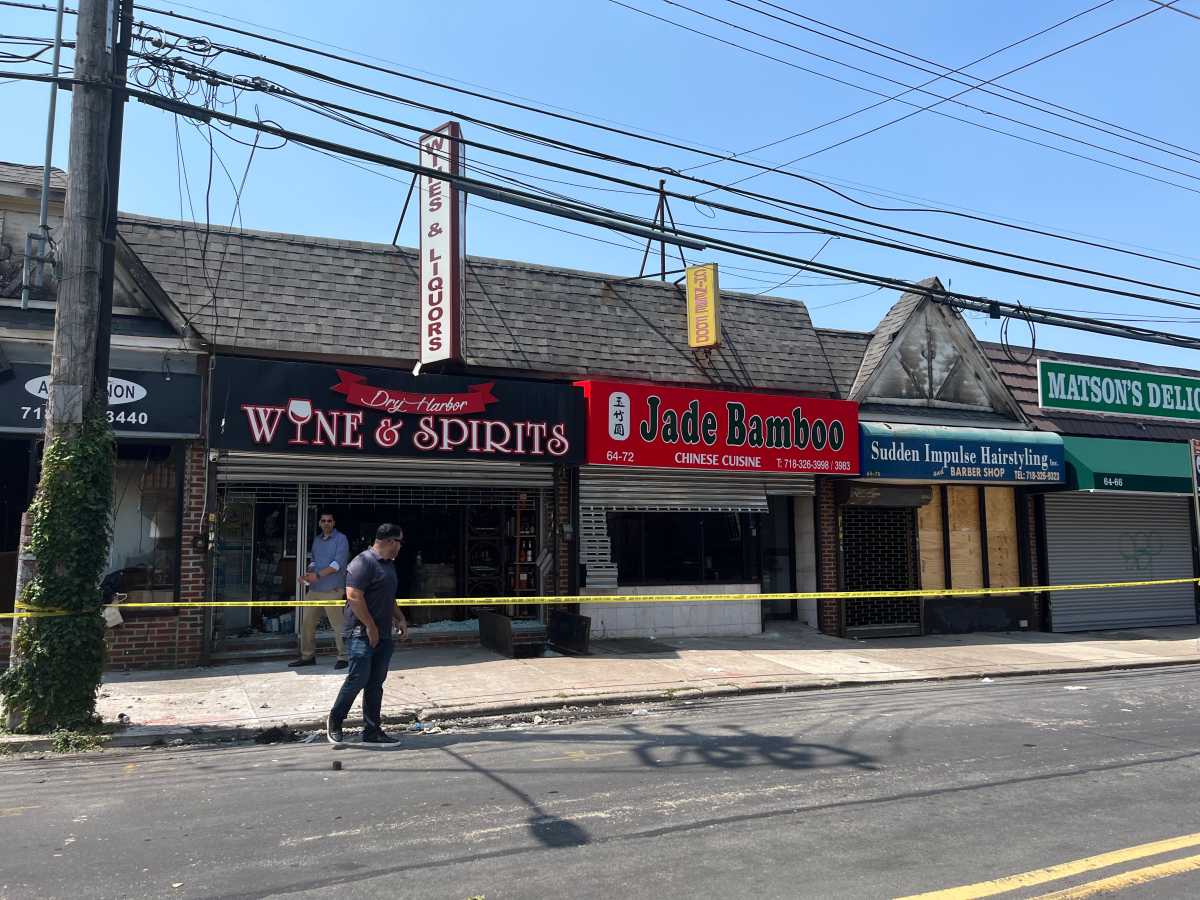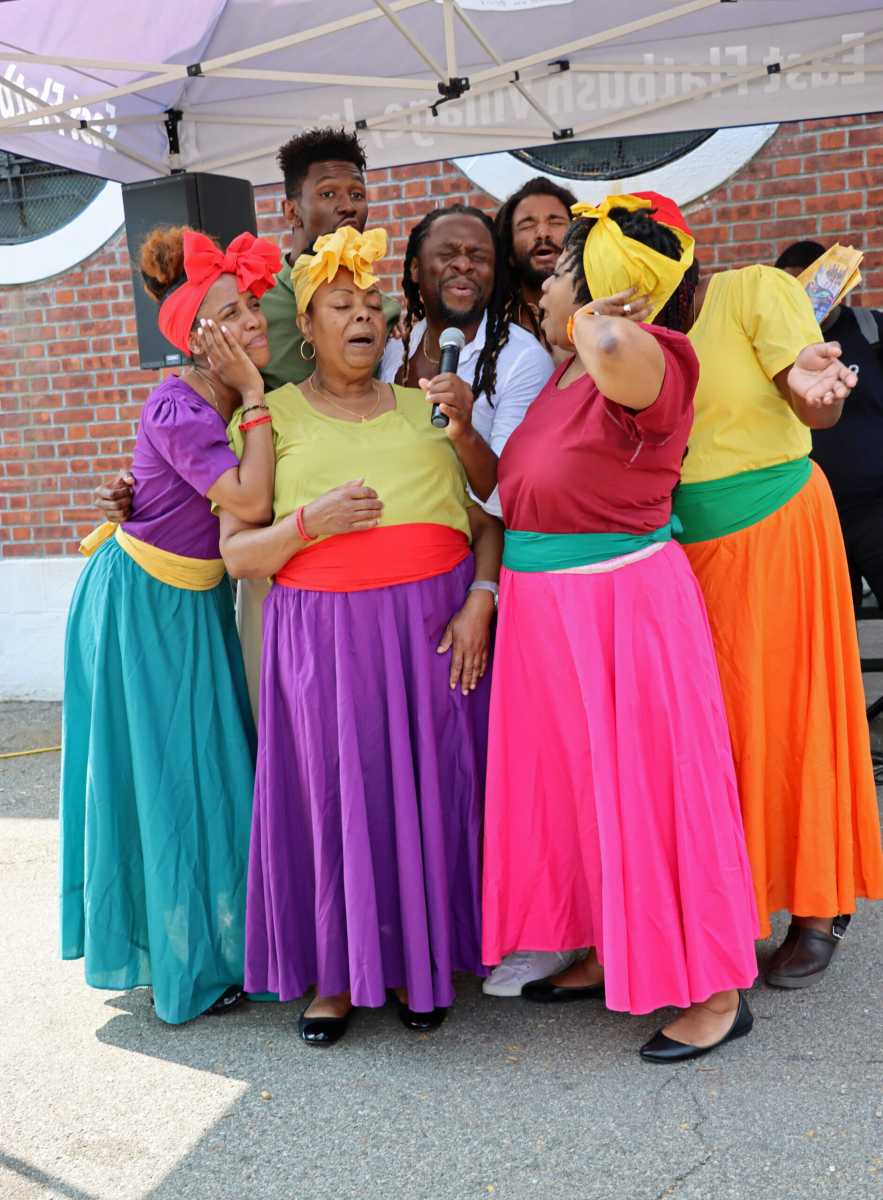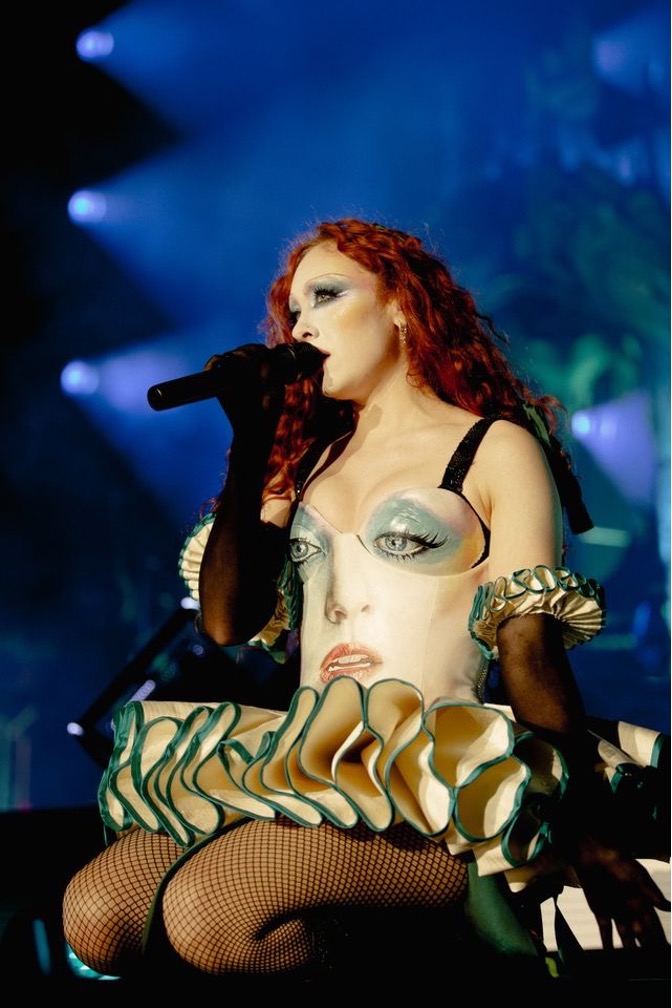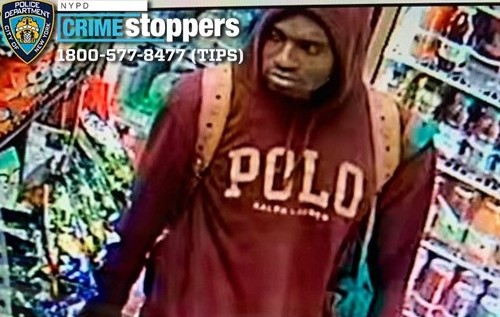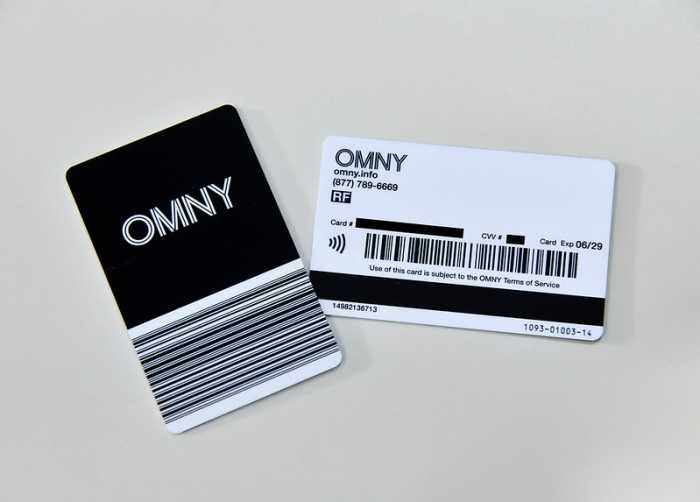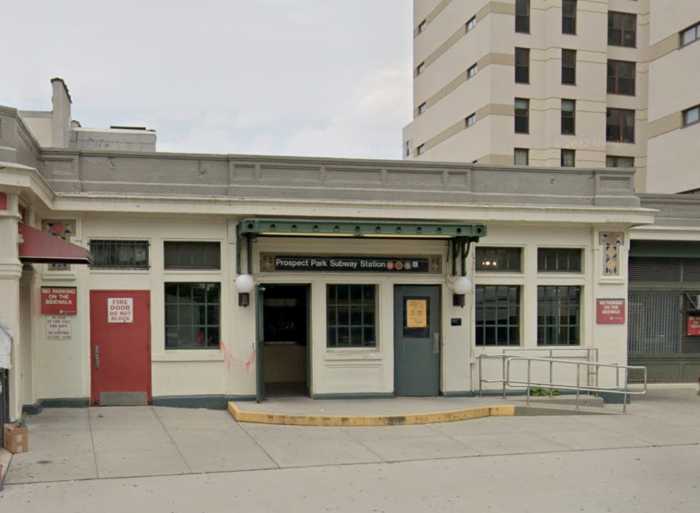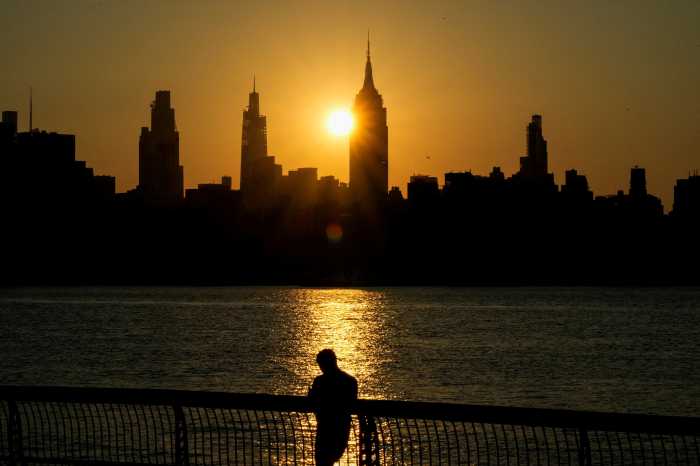Members of the MTA board on Monday revived talks about installing platform doors after a recent uptick in train deaths.
There have been at least eight commuters who’ve died after being struck by trains since October, according to MTA data. Some deaths were deemed suicides, others were the result of people being pushed, police have said.
David Jones, an MTA board member and president of the Community Service Society of New York, pitched installing platform doors at some of the busiest stations in part as a way to cut down on the number of deaths.
“We’re still resonating from the murder that was committed on the subway and the suicides…” said Jones at an MTA committee meeting. “(Doors) won’t eliminate all that but, clearly, as my daughter rides the train, I think many parents of young people of all ages would be reassured with some protective devices — particularly at the overcrowded stations.”
Another board member, Charles Moerdler, pitched platform doors as a mean to cut back on overcrowding, the most common cause of delayed trains. This September, overcrowding caused 21,935 train delays—about 39 percent of all delays from the month.
“This can’t go on. This just cannot go on,” Moerdler said. “The public is entitled to better.”
Ronnie Hakim, the MTA New York City Transit president, said that platform doors could “present some feasibility challenges for the transit authority.”
Those challenges include the unique features of train cars and station platforms. Car models vary in length and are built with either three or four doors, depending on the design. Some platforms are curved, others feature columns close to the platform edge.
On top of that, the agency has long insisted that installing and maintaining platform doors could be extremely pricey. Though Kevin Ortiz, an MTA spokesman, said the agency would be studying the feasibility of installing doors.
“In the meantime, we are continuing with the intrusion detection pilot that is testing new technologies which generates an alarm transmitted to the rail control center,” Ortiz said in an email, “and automatically alerts a train operator approaching the station that someone may be on the tracks.”
Hakim believes delays could be cut back with better platform organization. She said the agency will be expanding its platform controller program. Beginning in December 2015, the agency deployed 115 controllers and six supervisors to shine flashlights and instruct commuters loading and unloading from platforms — mostly concentrated along the Lexington Avenue line and Hoyt-Schermerhorn Street station during morning peak hours.
The MTA said that the controllers have led to a decrease in the time trains spend in stations, but couldn’t elaborate with specific numbers to highlight the improvement. Next year, the agency will tack on another 30 controllers, three managers and two more surpervisors to oversee both morning and evening rush hour crowds at the targeted stations.
“The other issue going forward is what can we do — notwithstanding needing more rolling stock, notwithstanding the need of Automated Train Control,” Hakim said. “One of the key things that has been successful is the use of platform controllers.”
Correction: An earlier version of this article misidentified Charles Moerdler as James Moerdler.
